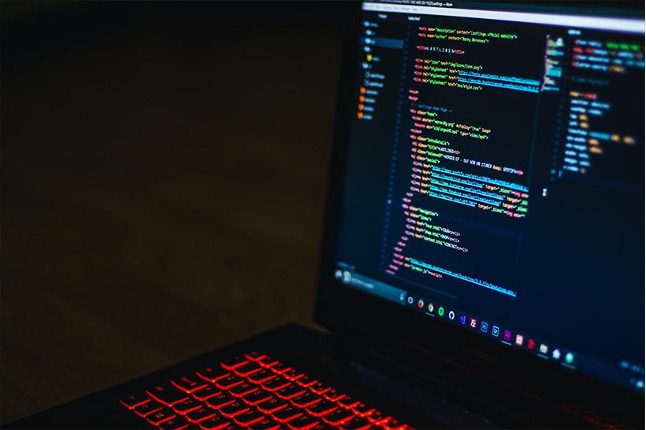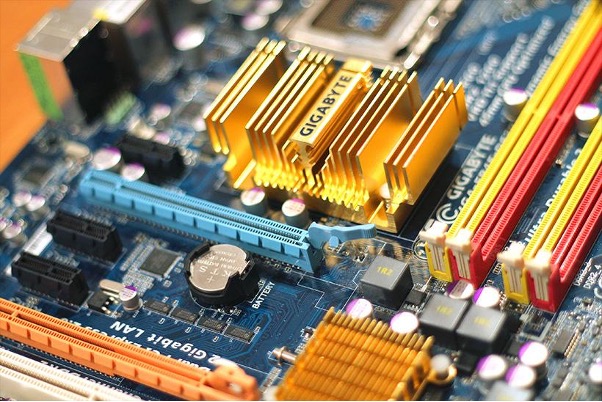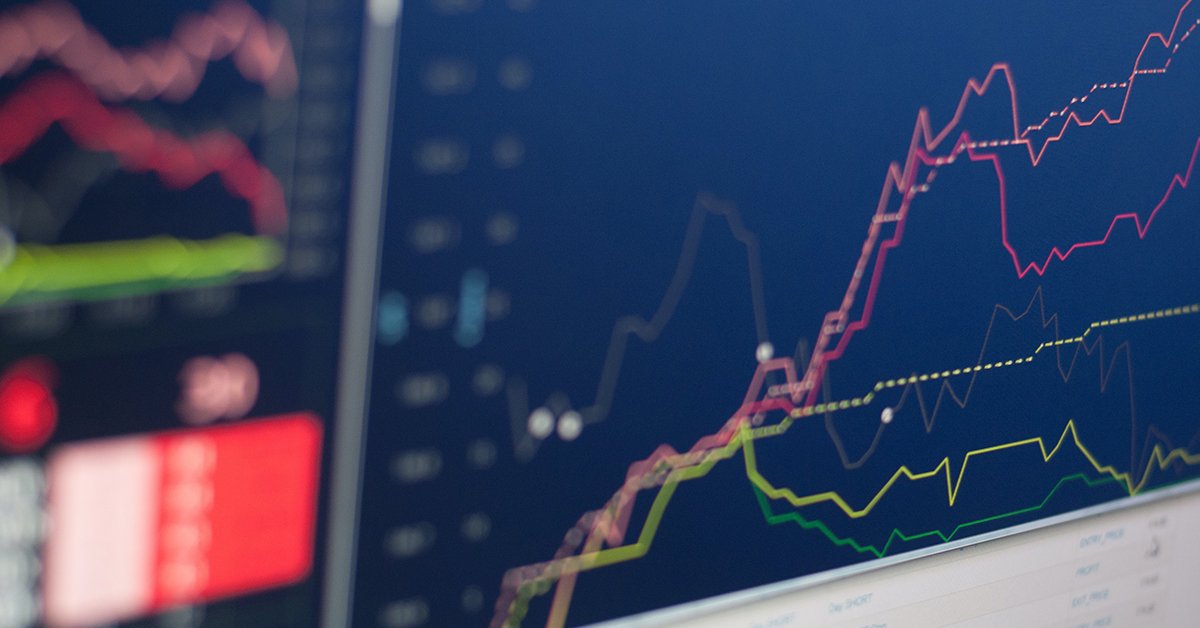The advent of the internet and its consequent technological innovations over time have significantly transfigured the way stock markets function and thus have impacted the way securities are actively traded. According to an article in The Journal of Finance, the two most consequential technological innovations are:
- Financial investors are maneuvering computer systems to mechanize their stock trading processes, and
- The financial markets have restructured themselves, so virtually all markets right now are limited to order books.
The majority of financial transactions at the present time have become electronic and the total period it takes to execute a stock trade has been significantly reduced to nanoseconds.
Algo Trading
Algorithmic trading is the practice of purchasing or trading security according to some prescribed set of rules tested on past or historical data. These sets of rules are based on charts, indicators, technical analysis or stock essentials. For instance, suppose you have a proposition to purchase a particular stock assuming that the stock will end up in losses for three consecutive days before it rises in price. In this case, one can write and design an algorithm in such a way that the buy order for the particular stock is met when price is at a prespecified low and sold when the price is at a prespecified high.

Algorithmic trading has increased significantly over the past 10 years. In the U.S. stock market, about 70% of the comprehensive trading volume is initiated through algorithmic trading. According to Grand View Research, the global algorithmic trading market size was valued at USD 15.55 billion in 2021 and is expected to expand at a compound annual growth rate (CAGR) of 12.2% from 2022 to 2030.
High-Frequency Trading
A popular form of algorithmic trading is high-frequency trading (HFT). Currently, most of the regulators and regular stock market investors have moved in the direction of HFT and algo-trading. HFT is a category of algorithmic trading where vast volumes of stocks and shares are sold and bought mechanically at very high speeds. HFT tends to develop continuously and will become the most authoritative form of algorithmic trading in the future.

Algorithmic trading has transformed the way trading is done. Stock traders are using algorithms to bring higher speed and efficiency to trading in securities. The algorithms that are developed will tend to become more complicated as it will be able to accommodate itself to diverse trading patterns using artificial intelligence (AI). We can also anticipate algo trading to move into more pragmatic machine learning (ML) dexterity that can manage real-time deciphering of large volumes of data from many different sources.
ML is a subfield of computer science that draws on models and methods from statistics, algorithms, computational complexity, artificial intelligence, control theory and a variety of other disciplines. Its primary focus is on computationally and informationally efficient algorithms for inferring good predictive models from large data sets, and thus is a natural candidate for application to problems arising in HFT, both for execution of trade and the generation of alpha (performance of asset or portfolio of assets). Thus, a happy union of algorithmic trading and ML can potentially be defined as AI trading.
AI-Powered ETFs and AI Stock Pickers: Example of AI managed portfolios
The advent of exchange-traded funds (ETFs) has rocked the world of portfolio investment. In fact, most ETFs are index funds, they incur a low expense ratio because they are not actively managed (just passively managed). An index fund is much simpler to run since it does not require security selection and can be done largely by computer.

A current example of an ETF fueled by AI, is the AI-powered equity exchange-traded fund AIEQ. According to Sam Masucci, founder and CEO of ETF Managers Group, powered by IBM’s artificial intelligence Watson, this actively managed portfolio is the first of its kind, which operates the fund. The AI-powered equity ETF, or AIEQ, consistently outperforms the S&P 500.
Another application of AI in managing portfolios is the introduction of AI Advisors as stock pickers to replace human advisors in actively managed equity funds. For example, BlackRock, the largest U.S. investment management firm, has started to replace human stock‐pickers with the full automated investment program based on self‐learning artificial intelligence algorithms.
According to BlackRock CEO Laurence Fink, the likely reason for the relative underperformance of active equity funds, and the resulting outflows, is the limitation of a human discretion in active portfolio management and stock‐picking. According to him, the democratization of information has made it much harder for active management. Active portfolio management has to rely more on big data, AI, factors and models within quant and traditional investment strategies. BlackRock executive Mark Wiseman added, “The old way of people sitting in a room picking stocks, thinking they are smarter than the next guy—that does not exist anymore.”
The above trends can create the fear of human advisors gradually getting replaced by these Robo advisors, which can create large scale unemployment. However, it is too early to conclude as the data on performance from these AI managed portfolios are sparse. The academic jury is still out on the market volatility (risk) consequences of AI trading in the stock market.
“Even though it is less costly and more efficient in some cases to employ AI investment advisors, personal contact and human discretion will be imperative at certain stages of investing.”
Besides, even though it is less costly and more efficient in some cases to employ AI investment advisors, personal contact and human discretion will be imperative at certain stages of investing. In fact, a hybrid system may be a more sustainable future for the finance industry. Thus, the direction of higher education may change towards infusion of data science (FinTech) applications where machines (AIs) and humans coexist.

